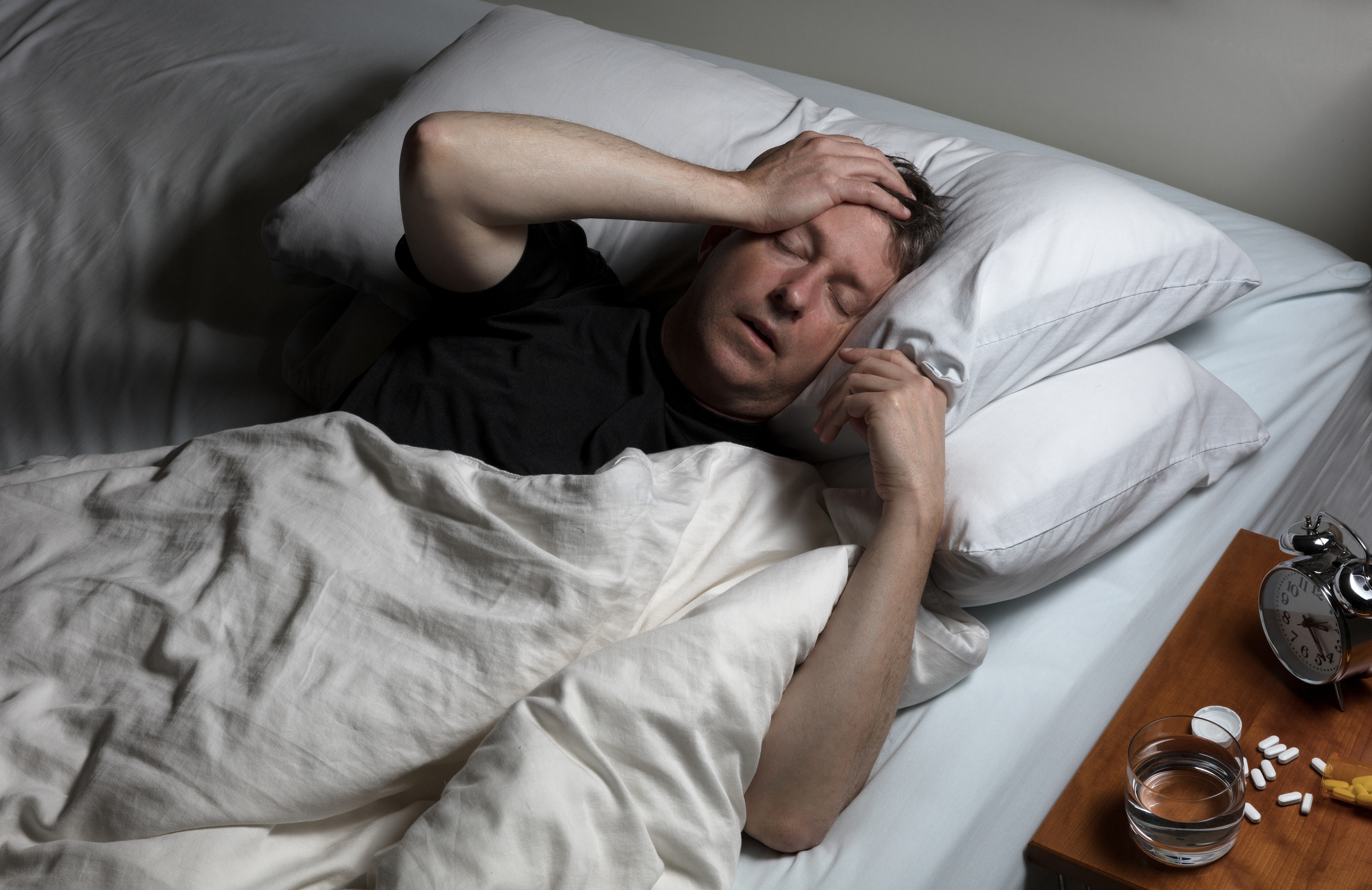Get Easy Health Digest™ in your inbox and don’t miss a thing when you subscribe today. Plus, get the free bonus report, Mother Nature’s Tips, Tricks and Remedies for Cholesterol, Blood Pressure & Blood Sugar as my way of saying welcome to the community!
Why sleep apnea can set you up for a severe COVID-19 infection

About 18 million Americans, or one in every 15 people, live with a sleep disorder that is not only inconvenient but can be life-threatening.
Sleep apnea is a disorder that affects breathing during sleep (‘apnea’ comes from a Greek word meaning “want of breath”).
Sleep apnea is not only a chronic condition, but it also is progressive, meaning it can get worse over time.
The most common form of sleep apnea is obstructive sleep apnea (OSA), where the soft tissue in the back of the throat collapses during sleep, blocking the flow of air.
A person with sleep apnea may stop breathing for anywhere from 10 to 30 seconds, sometimes hundreds of times per night.
This loss of oxygen increases a person’s risk of high blood pressure, stroke and heart failure, as well as excessive daytime sleepiness, which can cause injuries and even fatal accidents.
Now, research has shown that people with sleep apnea may also be at higher risk of severe COVID-19 infections.
Study links sleep apnea and COVID-19 infections
Researchers from the Turku University Hospital and the University of Turku in Finland have conducted a study exploring a possible link between sleep apnea and COVID-19 risk.
Out of 263 patients admitted to the hospital with COVID-19, 29 of them or about 11 percent, had sleep apnea as a preexisting condition, as compared to only 3.1 percent of the Finnish population being diagnosed with sleep apnea.
The study also found that patients admitted to the ICU for COVID-19 had high levels of C-reactive protein, a substance produced by the liver in response to inflammation.
Two factors that link sleep apnea to COVID-19
Based on these findings, the Finnish researchers believe that the association between sleep apnea and severe COVID-19 infections revolves around two intertwined factors: levels of oxygen in the blood and inflammation.
Sleep apnea causes a chronic low level of oxygen in the blood, known as hypoxemia.
But if you have “silent hypoxemia,” you may be able to breathe normally while still having pulse oximeter readings below 90 percent, which is considered dangerously low (a pulse oximeter measures the oxygen saturation in your blood).
So, while your breathing may seem fine, other organs are being deprived of oxygen.
Also, a 2020 study suggested that blood oxygen levels are an important clinical measurement in predicting whether someone survives COVID-19.
Patients with SpO2 (saturation of blood oxygen) levels over 90 percent have a very good chance of survival, while those with SpO2 levels of 90 percent or less, even with supplementary oxygen, have an increased risk of death.
The second risk factor is inflammation.
It is believed that the stress of repeated episodes of breathing disruption, with the drops in oxygen levels, may cause systemic inflammation, which increases the risk for a cytokine storm.
A cytokine storm is an extreme anti-inflammatory reaction that puts stress on the heart, lungs and other organs. Rather than dying of the virus itself, this stress is often the cause of death from a COVID-19 infection.
How do you know if you have sleep apnea?
The most obvious symptom of sleep apnea is very loud snoring. But if you live alone, this may not be something you notice.
However, there are other definite signs of sleep apnea:
- Waking up with a very sore or dry throat
- Occasionally waking up with a choking or gasping sensation
- Sleepiness or lack of energy during the day
- Waking up with a headache that goes away as you move around
- Difficulty concentrating, or just not feeling as sharp as you used to
You are at higher risk of sleep apnea if you are:
- Male
- Overweight
- Over 40 years of age
You’re also at risk if you:
- Have a large neck size (17” or greater in men, 16” in women)
- Have large tonsils, a large tongue or a small jawbone
- Have a family history of sleep apnea
- Have nasal obstruction due to a deviated septum, allergies or sinus problem
Given the link to other health problems, including COVID-19, it’s wise to see your doctor if you suspect that you have sleep apnea. There are several tests, as well as a range of treatment options.
Editor’s note: There are perfectly safe and natural ways to decrease your risk of blood clots including the 25-cent vitamin, the nutrient that acts as a natural blood thinner and the powerful herb that helps clear plaque. To discover these and other secrets of long-lived hearts, click here for Hushed Up Natural Heart Cures and Common Misconceptions of Popular Heart Treatments!
Sources:
Does sleep apnea increase COVID-19 risk? — Medical News Bulletin
Hypoxemia in COVID-19 — news-medical.net
Association Between Hypoxemia and Mortality in Patients With COVID-19 — Mayo Clinic Proceedings
Sleep Apnea — Web MD
Sleep apnea statistics — SleepDisordersGuide.com












